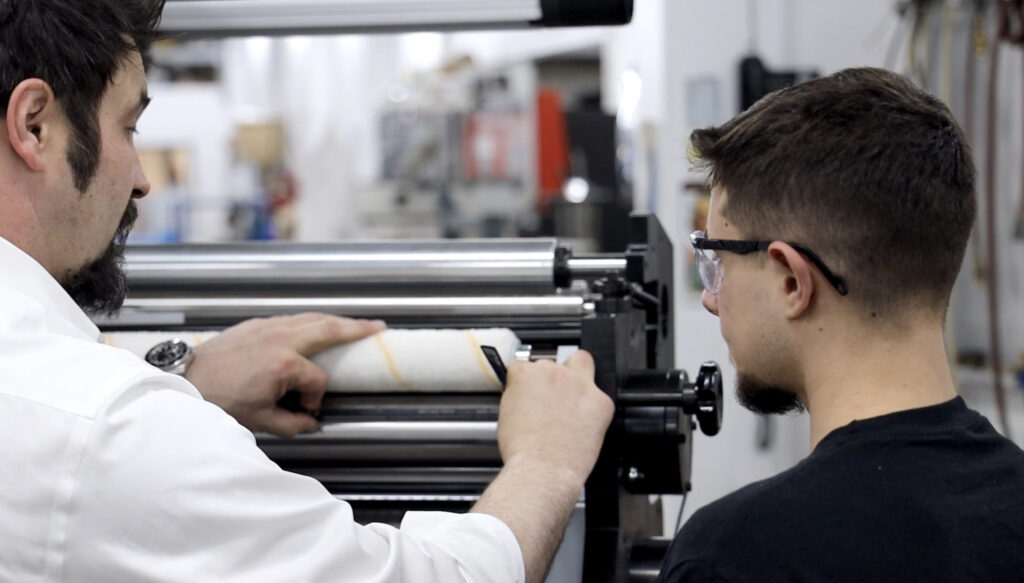Radiofrequency Identification (RFID) technology allows businesses to track assets, equipment, and inventory through wireless communication between the RFID tag and the device reader. The RFID tag gathers and stores data on a small microchip and transmits it back to the device reader where the information is used for analysis.
Supply chains can mitigate inefficient processes by implementing RFID technology into their operations. How the tags receive and use their power determines what RFID system category they fall into passive or active RFID tags.
Active RFID Tags
Active RFID tags utilize an onboard power supply such as a battery, along with a transmitter. The active RFID tag is small and sends data to the RFID device reader when prompted via a signal. Active RFID systems do not require radio signals to transmit data because it has its own power source.
One of the largest advantages of an active RFID system is its ability to communicate with active tags using spread-spectrum or broadband technologies. Active tags can be programmed to go into sleep mode when they are not being used to preserve battery life. When the tag is alerted through a specific signal it will begin to transmit data gathered by the reader device.
Active RFID tags can work on two different radio frequencies. On the lower frequency, they can be set to a receive-only mode to just collect data from the nearby transmitter. The system may also be able to identify which device awakened it and is commonly used in the shipping industry where the tracking of containers during transit is important.
Active RFID systems have a long read range, depending on the type of transmitter and power source that is used. This enables the reader device to scan multiple items at once without being in direct line-of-site of the objects. Active RFID tags are generally used by real-time location systems (RTLS).
Advantages of Active RFID Tags
-
-
- Extensive read range (about 32ft)
- Can store more data with more memory
- Reduction of power from the transmitter
-
Passive RFID Tags
Passive RFID tags use an antenna that transmits a specific radio signal to the RFID tag, which gives the tag power. Passive tags are less costly due to the simplistic design and reduction in power sources. Due to the tags not having their own power source, the read range is typically much shorter than active tags, up to about 10 feet.
Passive tags are commonly used for tracking items where the tag can be embedded into cards, stickers, and labels, and are generally used for inventory and warehouse management, asset tracking, or in the retail industry where the tags are discarded after use. Passive RFID tags are economical due to their size and not having their own power source, so producing them is less costly than active RFID tags.
Advantages of Passive RFID Tags
-
-
- Small in size
- Inexpensive to produce
- Lightweight
- Weather resistant
- Long life
- Reduced radio noise
-
When choosing the right RFID tag for your business needs, consider the application it will be used for. RFID tags can be produced in different sizes, designs, and shapes so their implantation can be used in most industries.
Tamarack® Products brings more than 50 years of experience in designing innovative web finishing equipment and is recognized as an industry leader. We can fully customize equipment solutions such as our MVW Inline RFID inlay insertion system. The MVW Inline is fully modular, scalable, and customizable offering servo-driven operator-friendly controls.
Tamarack® Products provides clients with RFID technology solutions through our innovative MVW Inline RFID inlay insertion system that can be integrated into your existing flexo press, allowing you to meet the ever-evolving needs of your consumers. Contact us to learn more about the MVW Inline RFID inlay insertion system and our line of integrated web finishing equipment solutions.





